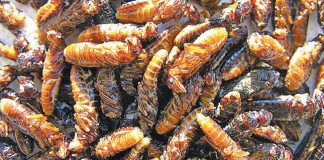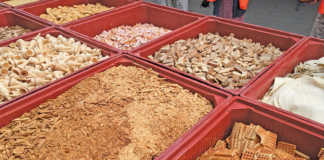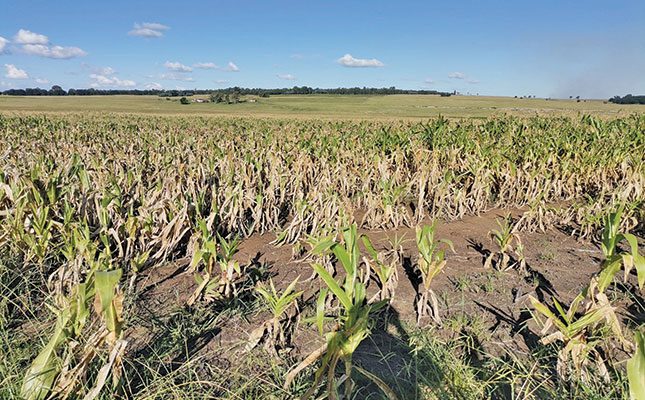
Photo: Supplied
Each year farmers, financial institutions and investors lose millions of rands because of marginal soils. Farming has become expensive and does not allow room for mistakes.
It is therefore important for farmers to investigate the soil profile and fertility status of each production unit, so that relevant measures can be taken to mitigate the risk of capital loss.
But what is marginal soil? The term is broad, but the simple definition in agricultural context is soil with a limited reservoir of water and nutrients available to plants.
Marginal soil can be categorised by physical characteristics and chemical composition, amongst others.
Physical Characteristics
The physical characteristics of the soil has to do with rooting depth and soil texture, and whether its content is stony, sandy or clayey. A farmer can do nothing to change the physical characteristics of the soil, but he or she can work with nature.
Soil depth is one of the key components determining the yield potential of the crop. Maize, for instance, requires a soil depth of more than 1m to reach its maximum yield potential. For this reason, the capacity of land with a shallower depth will already be limited.
The farmer will have to fertilise the soil and choose a cultivar that will optimise the yield potential of the land, or plant crops that are suited for the land, or perhaps avoid planting such fields.
Simply put, a shallow field should never be fertilised and planted with a cultivar that has high yield potential, because the expenses will never be recovered.
During a season with heavy rain, marginal soils are prone to waterlogging (see main photo) and water run-off. These soils dry out quicker and the plant roots cannot penetrate to deeper levels of the soil, where water would be stored, during dry seasons (see Picture below).
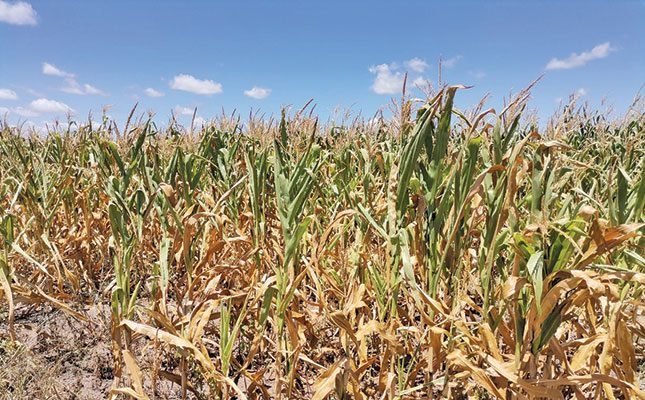
Many South African farms have Afrikaans names that are descriptive of their lack of potential, such as Vlakfontein, Vlakplaats, and so forth.
Soft plinthic rock in a field (see picture below) is often an indication that the soil is shallow. However, it is still advisable to dig a profile hole to determine the actual soil depth.
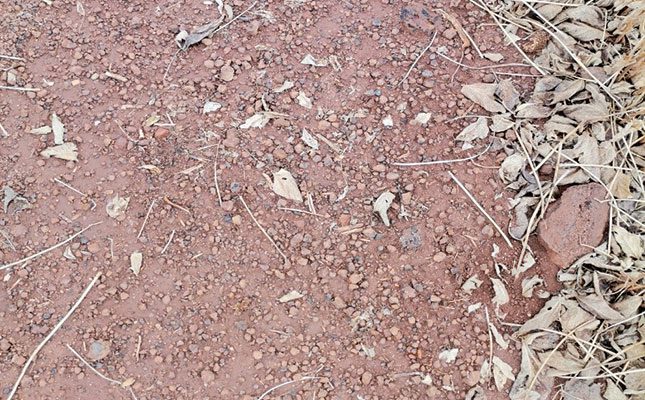
Soil texture
Soil texture is the coarseness or the fineness of soil particles. Soils with a coarse texture are often rocky or sandy, whereas soils with a fine texture are clayish.
Coarse-textured soils have poor water and mineral retention capacity, and are prone to nutrient leaching. These soils are often expensive to cultivate, because they need to be mineralised more often and wear down implement shears quicker. Clayey soils, on the other hand, have high water and nutrient retention capacity, hold water over a long period and absorb nutrients.
Chemical composition
The chemical composition of the soil refers to its nutrient status, in other words the availability of nutrients. A chemical imbalance (too much or too little of specific nutrients) will affect plant growth and health and lead to considerable crop losses, which end up in a drop in profits.
Unlike the physical characteristics of the soil, chemical imbalances can be rectified. Soil samples should be taken and sent to a registered laboratory for nutrient analysis to identify the nutrient status of the soil and chemical imbalances. The laboratory normally recommends the required soil correction interventions.
Should the soil be acidic or show pH below 7, lime might be recommended, and where soils show alkalinity or pH above 7, gypsum might be recommended. The occurrence of plants such as steenboksuring (Oxalis corniculata) in a field indicate that the soil has low pH or is acidic.
Advice
For the best results, farmers should consider soil mapping in their production units. In other words, pieces of land with the same characteristics are grouped together during soil analysis and treatments to prevent an over- or undersupply of inputs and to achieve the full potential of the soil.
Attention should also be given to soil correction. Plant small hectares correctly and grow from there, rather than planting vast areas in marginal soils and with insufficient inputs.
Plant crops that are less risky in marginal soil, such as pastures, or consider a type of farming that will be better suited to the area, perhaps livestock instead of crop production.
Phone Karabo Puswe on 082 715 4878.









